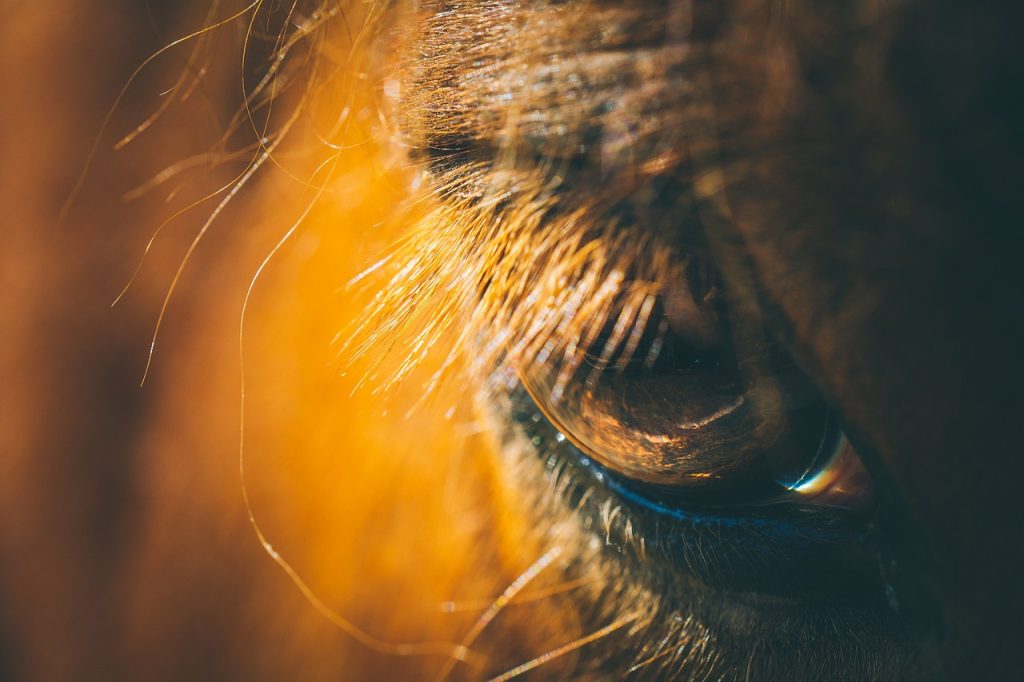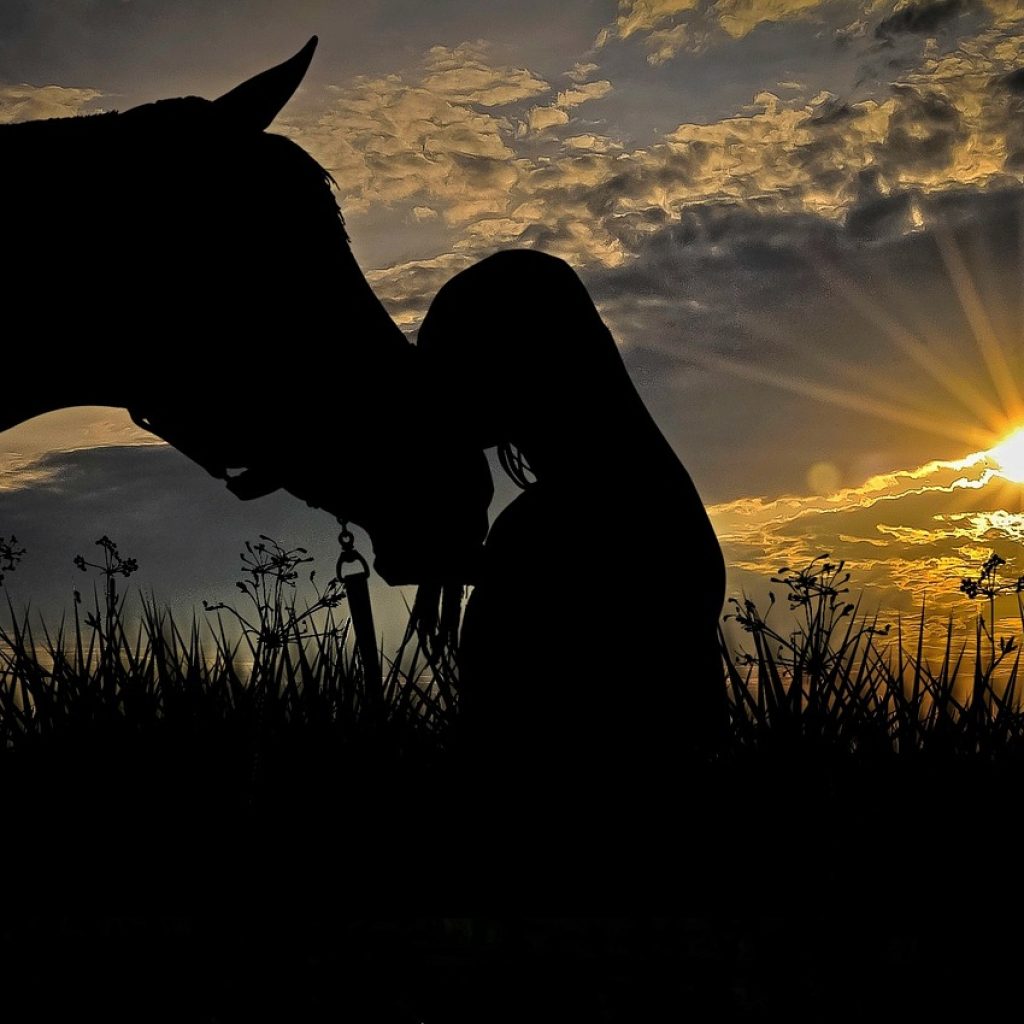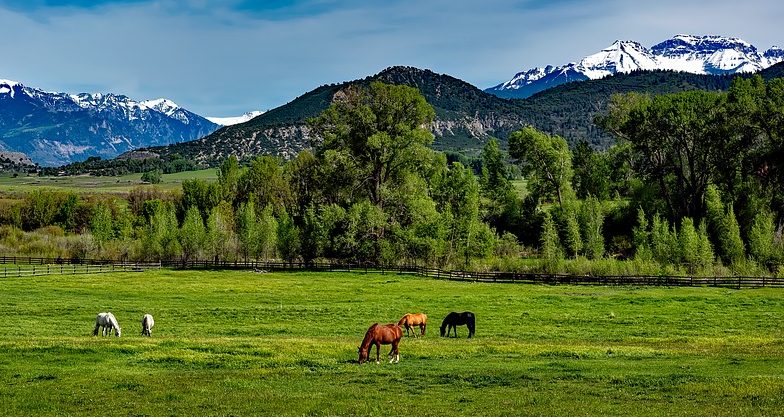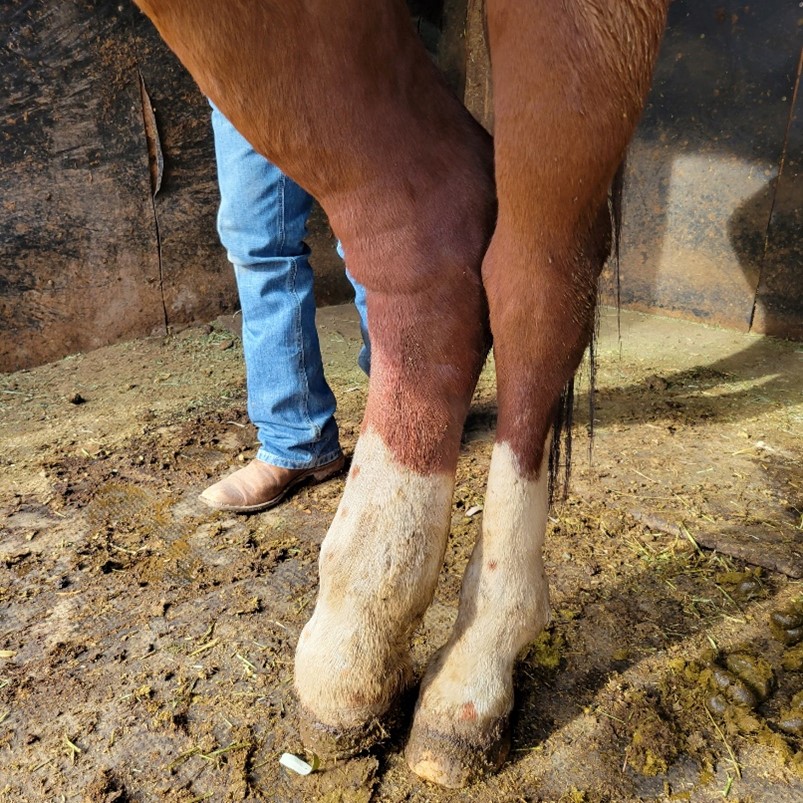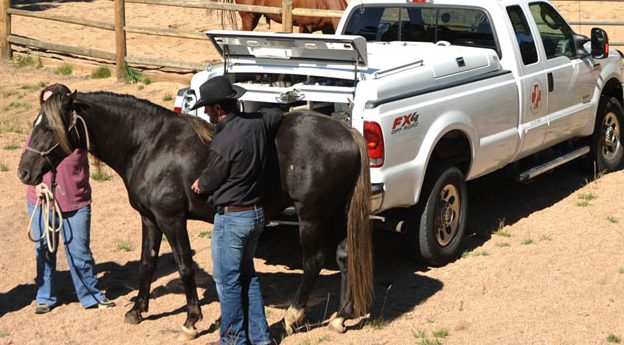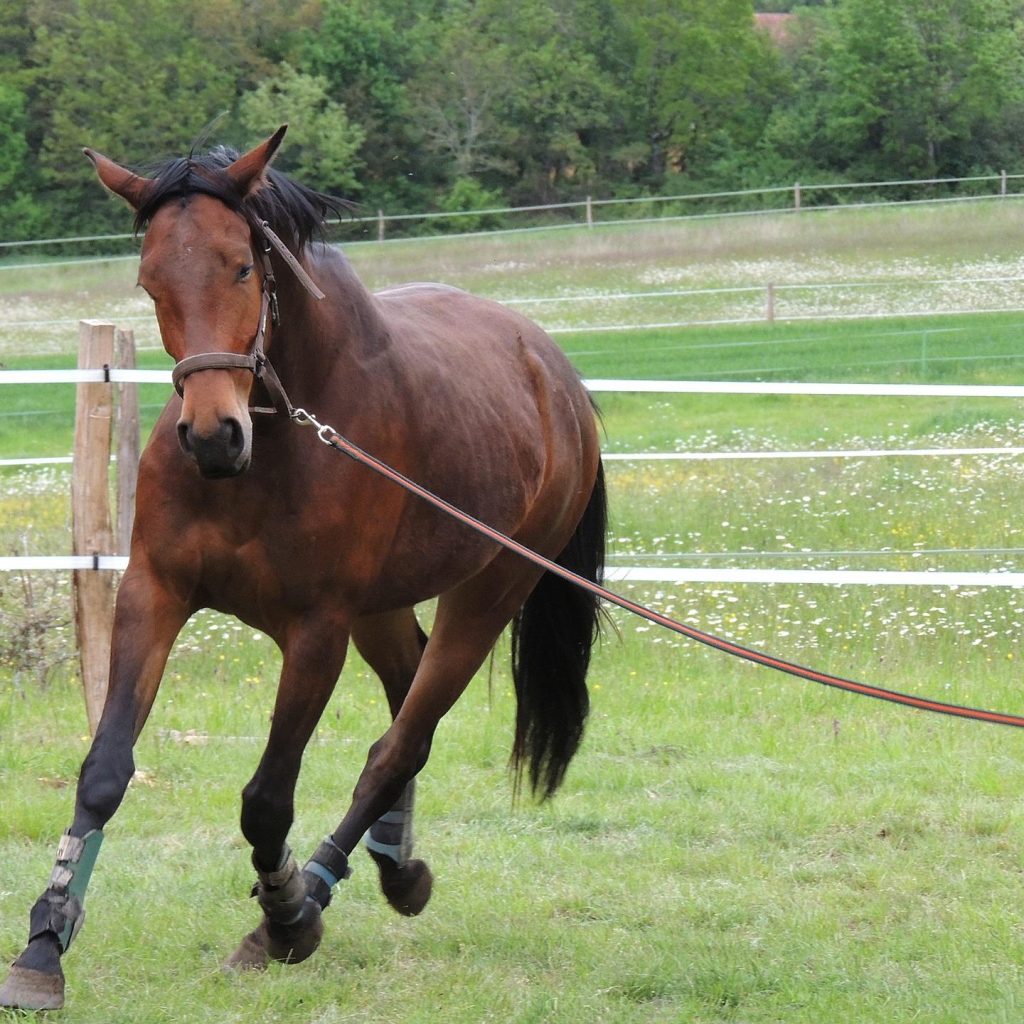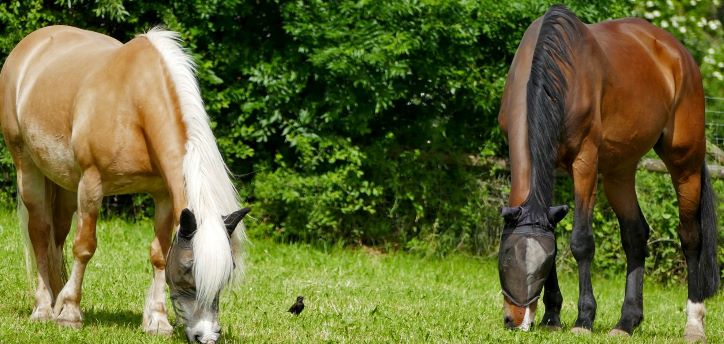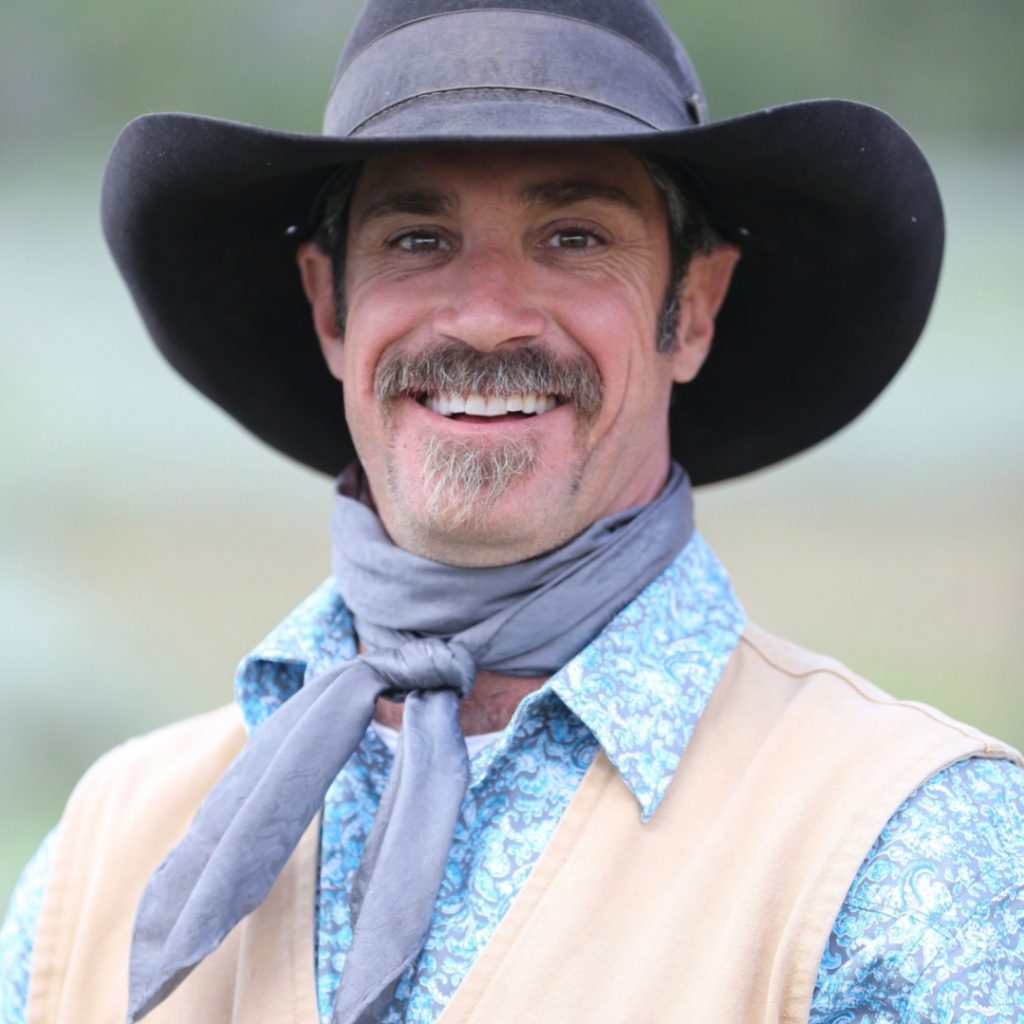State of the Equine Veterinary Industry
I had the honor last year to be asked to be part of the team that puts together and presents the Business News Hour at the annual AAEP convention. If you’re not familiar with it, AAEP (American Association of Equine Practitioners) puts on an annual conference hosting equine veterinarians from around the world (usually between 4,000 and 5,000 attendees). The Business News Hour presentation is just what it sounds like – a collection of things in the news over the previous year, specific to the equine veterinary community, that affect the equine and/or veterinary world. It is presented by 3 veterinarians.
In this blog post, I thought it worth discussing some of the highlights of the News Hour to give our clients and readers insight into what the equine veterinary community is talking and worried about.
State of the Horse Industry
Starting with the Horse Industry as a whole: The American Horse Council did an economic impact study with data collected in 2023 and released in early 2024. This data shows a shrinking horse population across the United States, although the dollars spent continues to rise. The equine industry is a $177 billion (with a B) industry, with 2.2 million jobs associated!

Veterinary Cost Increases
Per the American Veterinary Medical Association (AVMA), equine veterinarians make up about 3.4% of the veterinary population. There are currently a couple of shifts occurring within this population: 1) there is an increasing number of ambulatory practitioners and 2) there is an increasing number of equine veterinarians employed by corporations or consolidators.
As for the corporations, there is a lot said in the mainstream media blaming them for the price increases that clients see on their vet bills, both small animal and equine. While those increases are definitely real, corporations/big business don’t carry all of the blame. There have also been steep increases in equipment and medication costs that impact all veterinarians, as well as increasing wage and other employment costs.
Veterinary Shortages
Another frequent issue in the news has been a “veterinary shortage”. There may be some relief on the horizon as there are currently 13 new veterinary schools in the pipeline for accreditation, which – if all 13 are accredited – would equate to a 40% increase in the number of vets in 10 years. This will affect the equine community a little less since the percentage of graduating students from vet school that go into equine medicine is usually only around 5 %, but it will still constitute some relief, if those equine veterinarians can be retained.
The difficulty in retaining equine veterinarians is a very real issue, with two essential facts at the foundation of this problem. The first is the reality of life as an equine veterinarian. A lot is asked of the average equine veterinarian – normal daily duty, on-call (emergency) duty, keeping up medical records, client communications, often long driving hours – and that doesn’t begin to take into consideration the business aspects of the profession for any solo practitioner or clinic owner (marketing, accounting, etc.). It’s an immense amount of work.
Secondly, the equine sector has always been a fair measure behind the small animal (dogs and cats) in the salary realm. The “average salary” of the equine veterinarian is usually presented as significantly less than the “average salary” for a small animal practitioner.
This could be aptly summarized as “more work for less pay.” The comfort of working in a small animal hospital versus the barn aisle could start to look pretty appealing if you don’t love what you do! In response to these realities, the AAEP has been very intentional about making it known that we (equine veterinarians) can be paid better but we have to be better at business. Most of us went to school to be veterinarians, not business owners, and we learn by the school of hard knocks.
I will expand on these realities further in the coming months, because I believe that the average horse owner should understand the challenges that horse veterinarians face (since they directly impact your horses), but there is the basic layout.
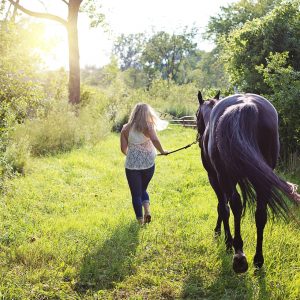
New Laws affecting Veterinary Care
From a legislative standpoint, there are some significant changes either in the works, or already passed, that will affect the veterinary community.
- The PAWs Act of 2024 has bipartisan support and should go through. It allows consumers to utilize HSA (health savings accounts) or FSA (flex spending accounts) to pay for vet bills or pet insurance.
- The definition of a VCPR (veterinary/ client/ patient relationship) is changing as well. How we as vets establish this VCPR was drastically changed in California in 2024. A telehealth consultation is now sufficient to create a VCPR and from that telehealth consult, a veterinarian can prescribe medications. These are slippery slopes as these kinds of laws could open a Pandora’s Box of problems. In my mind, something like this creates more potential issues than solves problems. Colorado (in the last week) has introduced a bill that looks a lot like the California bill.
- In the veterinary world, one of the hottest legislative topics has been the passage of Prop 129 here in Colorado. Because there was very little support from the veterinary community (virtually all of the professional organizations within veterinary medicine opposed Prop 129), there is some shock that the proposition was passed. Prop 129 in Colorado creates a “Mid-Level Practitioner,” who will theoretically be allowed to practice veterinary medicine – able to diagnose, create a treatment plan, and perform surgery. This, with an educational experience of 53 credit hours – 40 of which would be online – and only 13 hours of in-person training. Put plainly, this is dangerous for animals, consumers, and our food supply. It is honestly an insult to the veterinary students putting in time and money to become veterinarians.
New Practice Models
Many of the factors listed above are contributing to changing models of how equine practices work. As horse owners, when you see your vet change their hours, how they provide emergency services, and generally make an effort to carry less workload in a weeks’ time, don’t be surprised. Trying to be efficient in an inherently inefficient business that has us driving all over the countryside is the new target for most of us.
Some examples of these efforts are: cooperatives of smaller practices coming together to provide emergency care; emergency-only practices to relieve the “normal” vet after 5 pm; and veterinarians providing tele-triage services for the overnight hours. All of these and many more novel ideas are being tested to help decrease attrition and attract new veterinary talent into the equine veterinary workforce.
I could write pages more from the Business News Hour, but we will call these the highlights and pertinent things for Colorado in particular. I could also write a tome regarding the state of the equine veterinary industry. It’s a passion of mine, and our industry is changing at many levels, including economics, shrinkage, and technological changes. Just to name a few of the vital ones.
As these times change, I believe the interaction and the exchange of care for our equine patients will change as well. The level of accountability of the horse owner (or an agent of that owner), will have to increase. For example, in an emergency situation, it may become regular to begin with a telehealth consult, followed by (depending on the state of the horse), trailering the horse to the veterinarian, rather than the vet coming to you.
Costs of equine veterinary care are already on the rise, and without understanding and the horse owning community taking some of the above-mentioned accountability, there will be fewer equine veterinarians, which will lead to a supply and demand issue, driving prices even higher. Helping and understanding the conditions and nuances that are happening with equine vets will at some level allow horse owners to control their own destiny.



